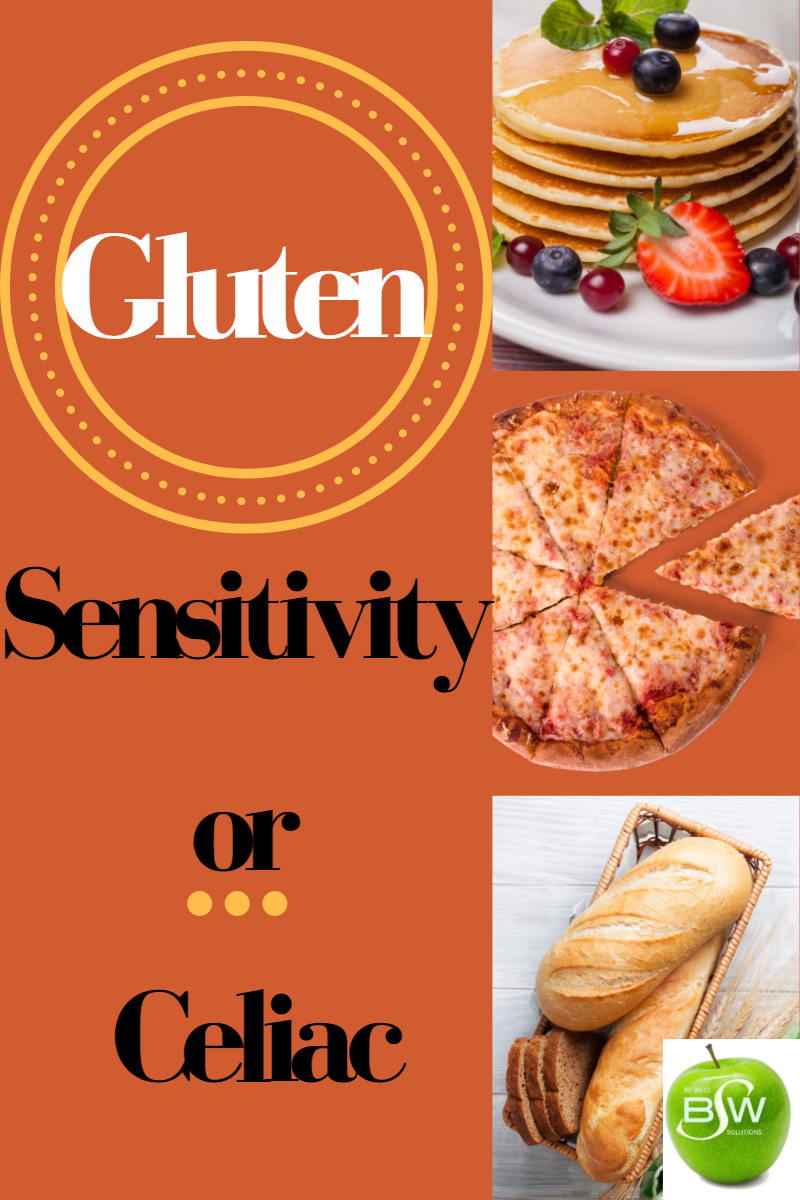
Read Time: 1 min 35 sec
Flour is the foundation for a lot of the delicious food we eat such as pizza, bread, and pasta. Some people will “go gluten-free” to lose weight, others because they feel bloated after a plate of pasta, and those with arthritis symptoms because they were told it would decrease the pain and fatigue. Let’s breakdown what gluten is and who would benefit from “going gluten-free”.
Gluten is a protein in flour that plays an important role in giving structure and texture to our food. Celiac disease is an immune reaction to gluten, not an allergy. Individuals with this disease must read food labels and avoid all foods containing gluten. If a person with Celiac disease consumes gluten, it causes damage to the lining of the small intestines. This can decrease the absorption of key nutrients.
Even if you do not have Celiac disease you can still have a sensitivity or intolerance towards gluten. Some of the symptoms of intolerance are bloating or gas when eating foods containing gluten. Other symptoms might be skin problems, joint pain, or brain fog.
When someone who is intolerant to gluten changes their eating habits for the better, it can lead to weight loss. But note that making some gluten-free food swaps will not help you lose weight. An overall positive change to a healthier diet is what helps with weight loss. As you can see below, fruits and vegetables do not contain gluten. On the other hand, gluten-containing whole grains contain vital nutrients and fiber. If gluten is removed from the diet, it should be replaced with gluten-free whole grains. Check with your doctor if you think you are experiencing symptoms related to a gluten intolerance. Also, speak with a registered dietitian if you need help with weight loss guidance that is right for you.
Gluten-Free Foods
Fruits
Vegetables
Meat and Poultry
Fish and Seafood
Dairy
Beans, legumes (soy), and nuts
Rice
Gluten Foods
Wheat
Barley
Rye
Certain oats depending on manufacturing process
Next article in May 2021 Newsletter: Sleep Better
